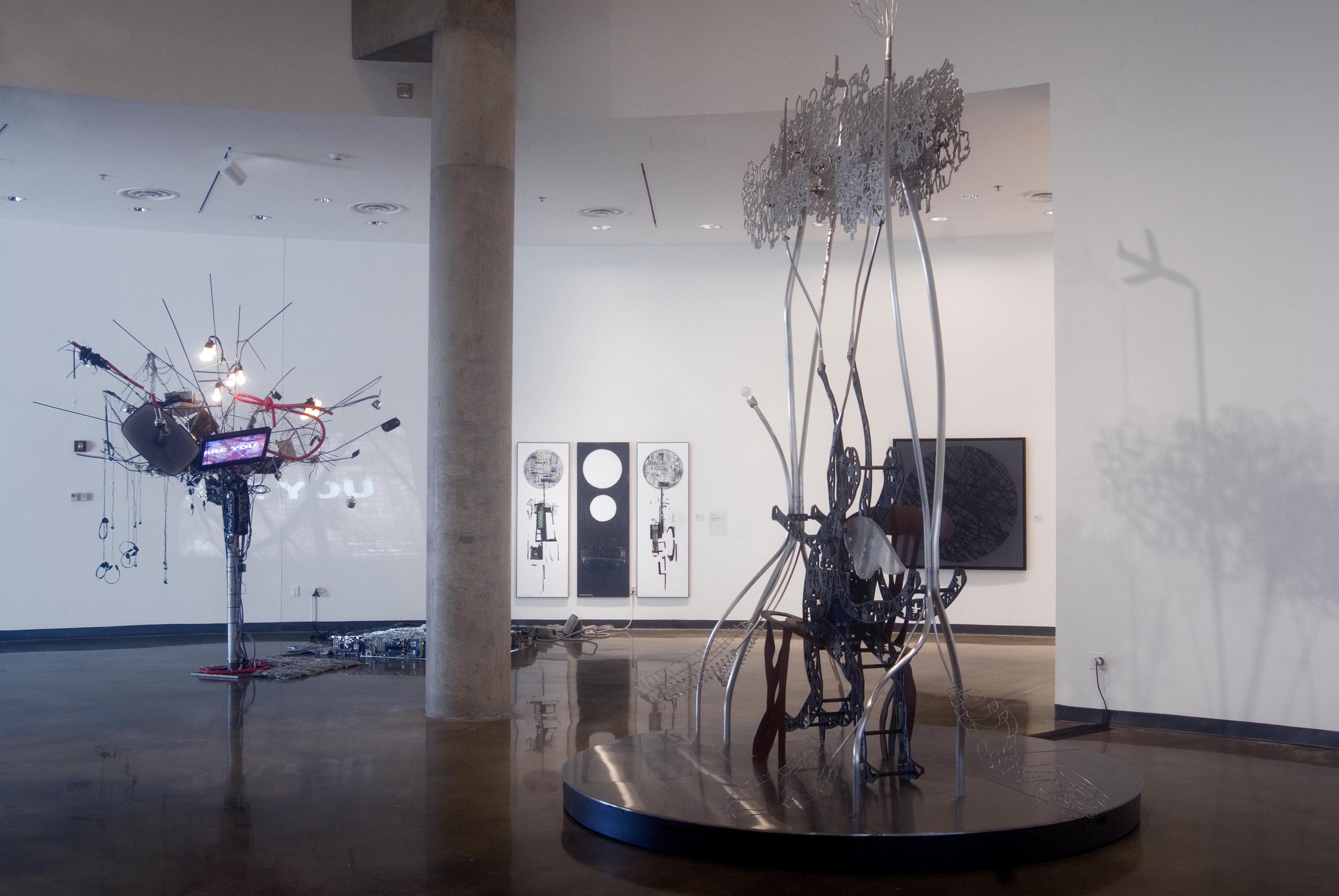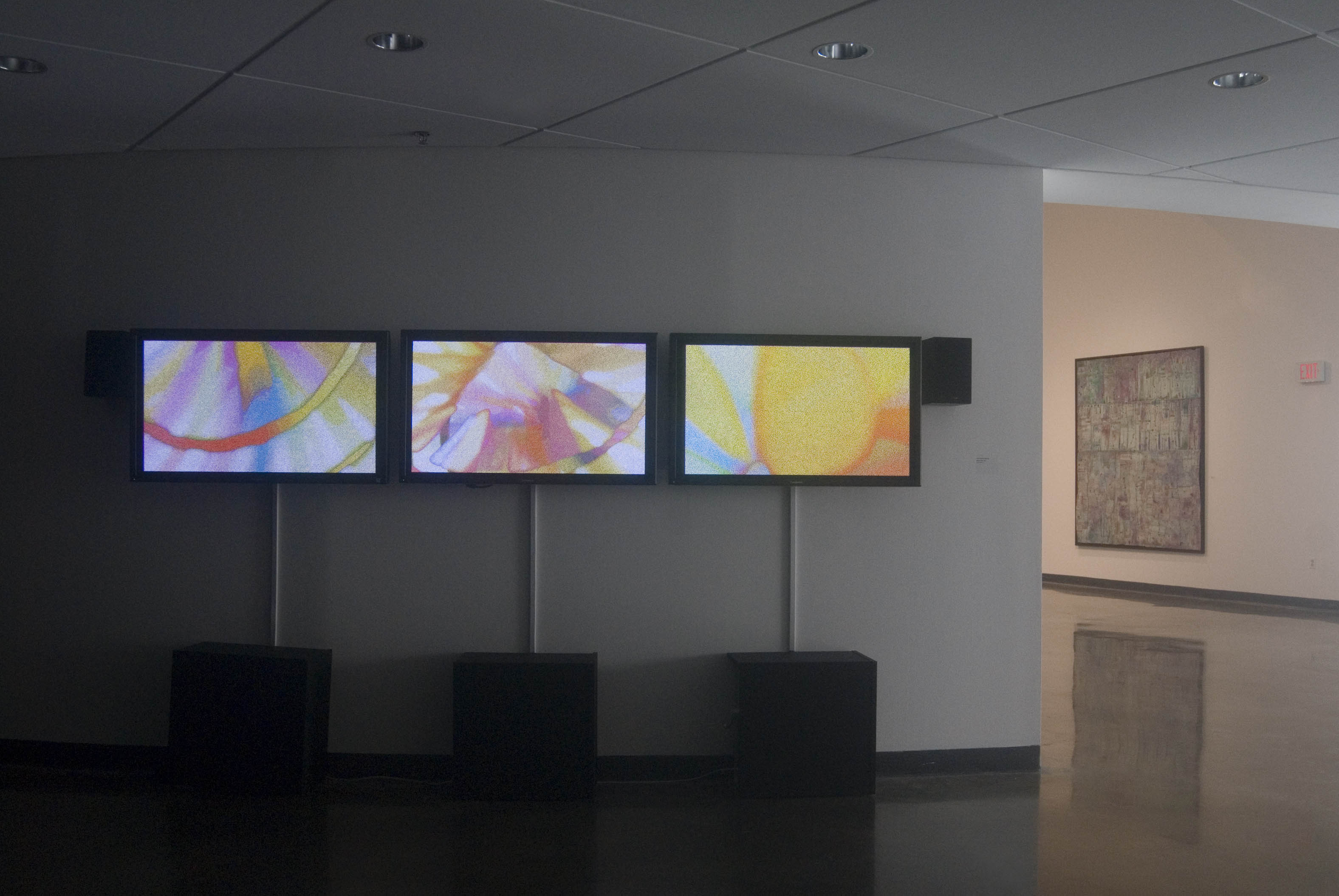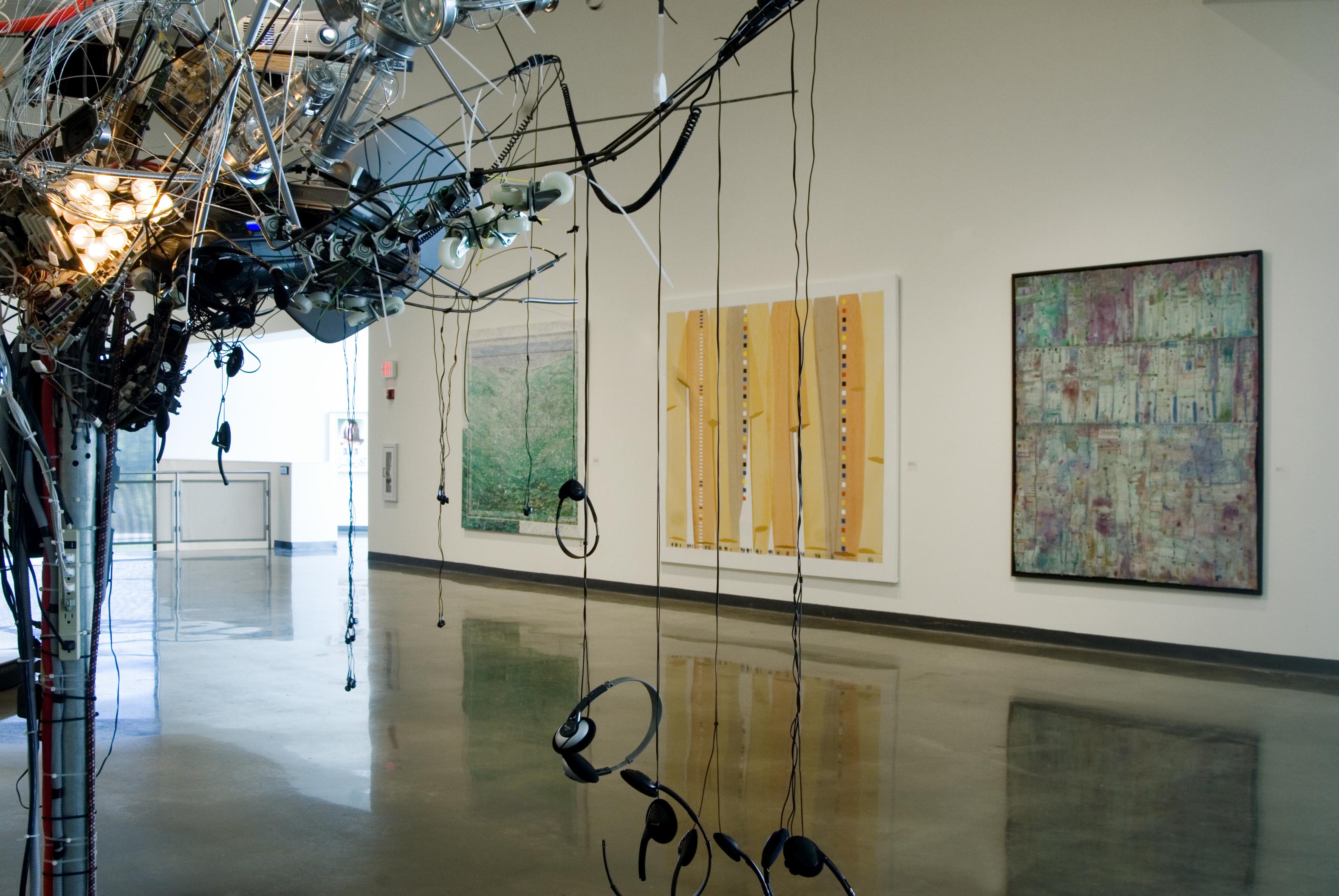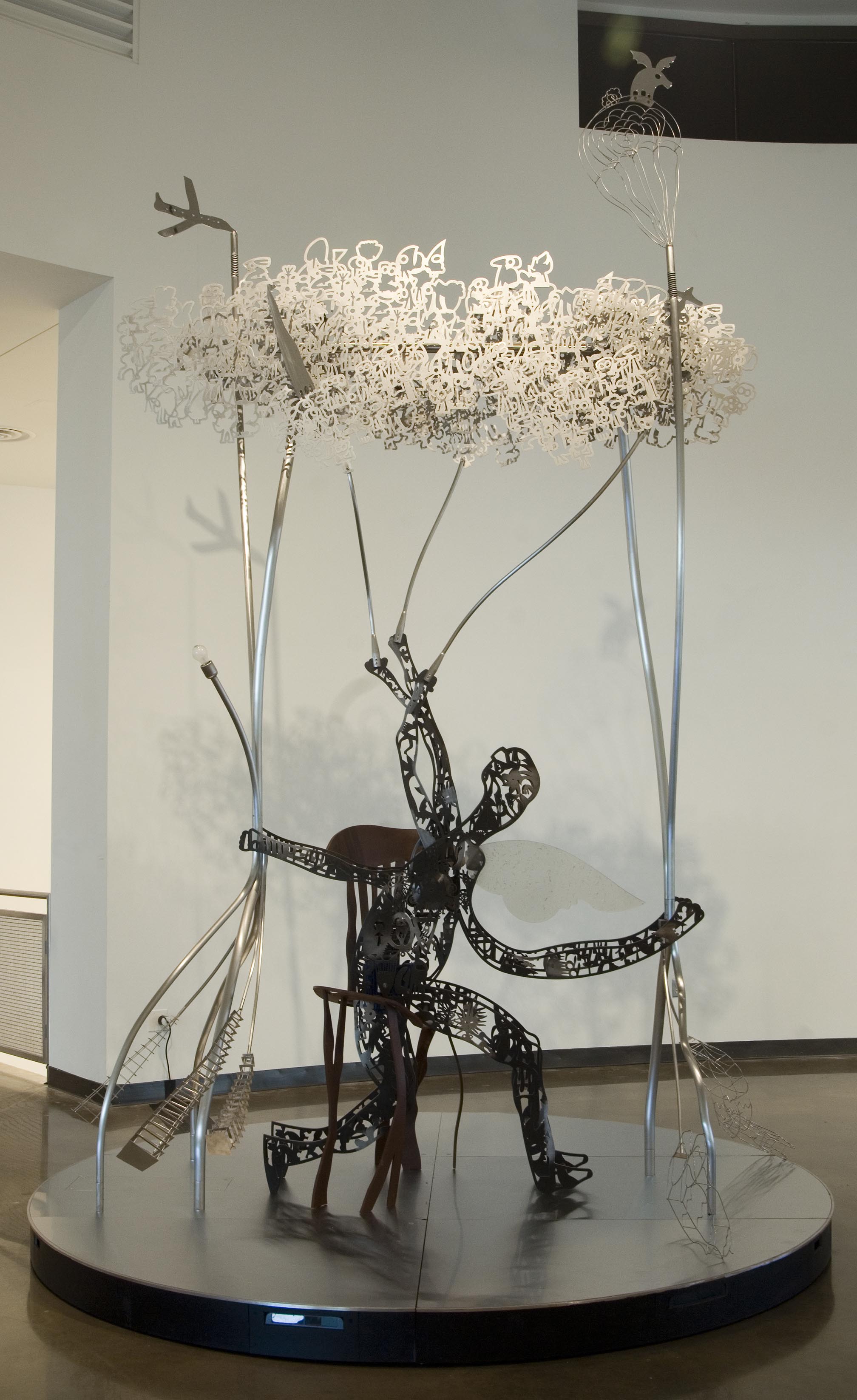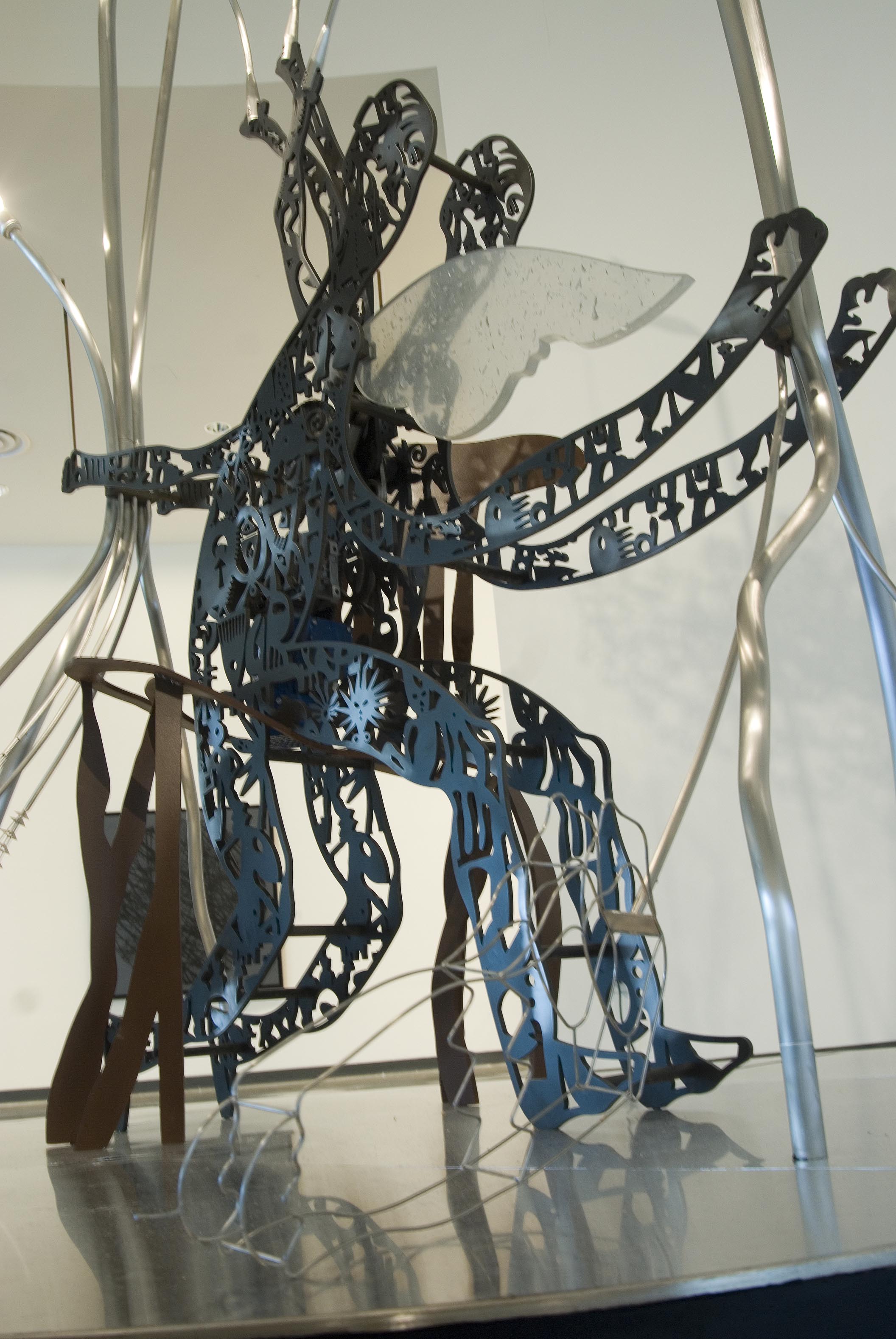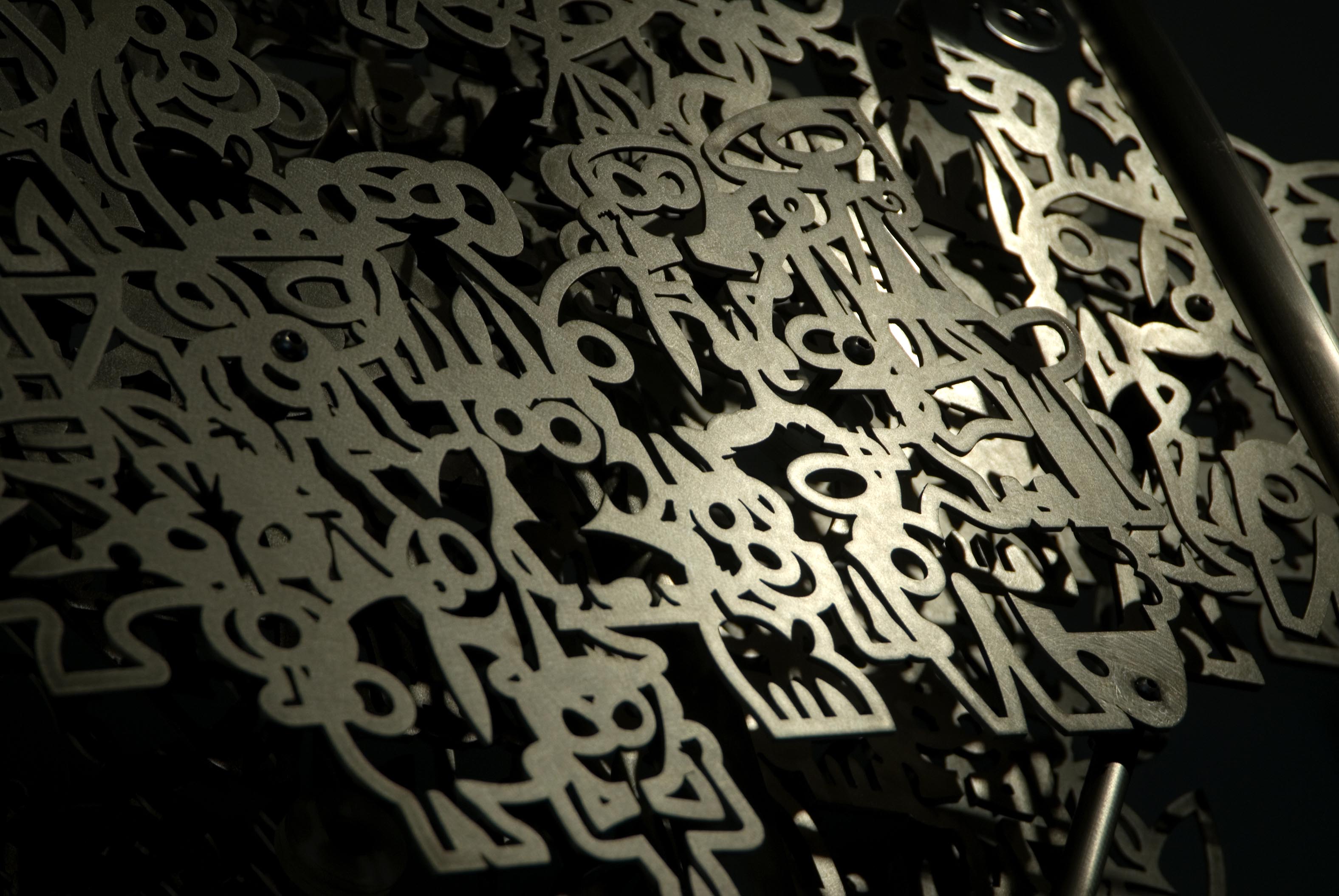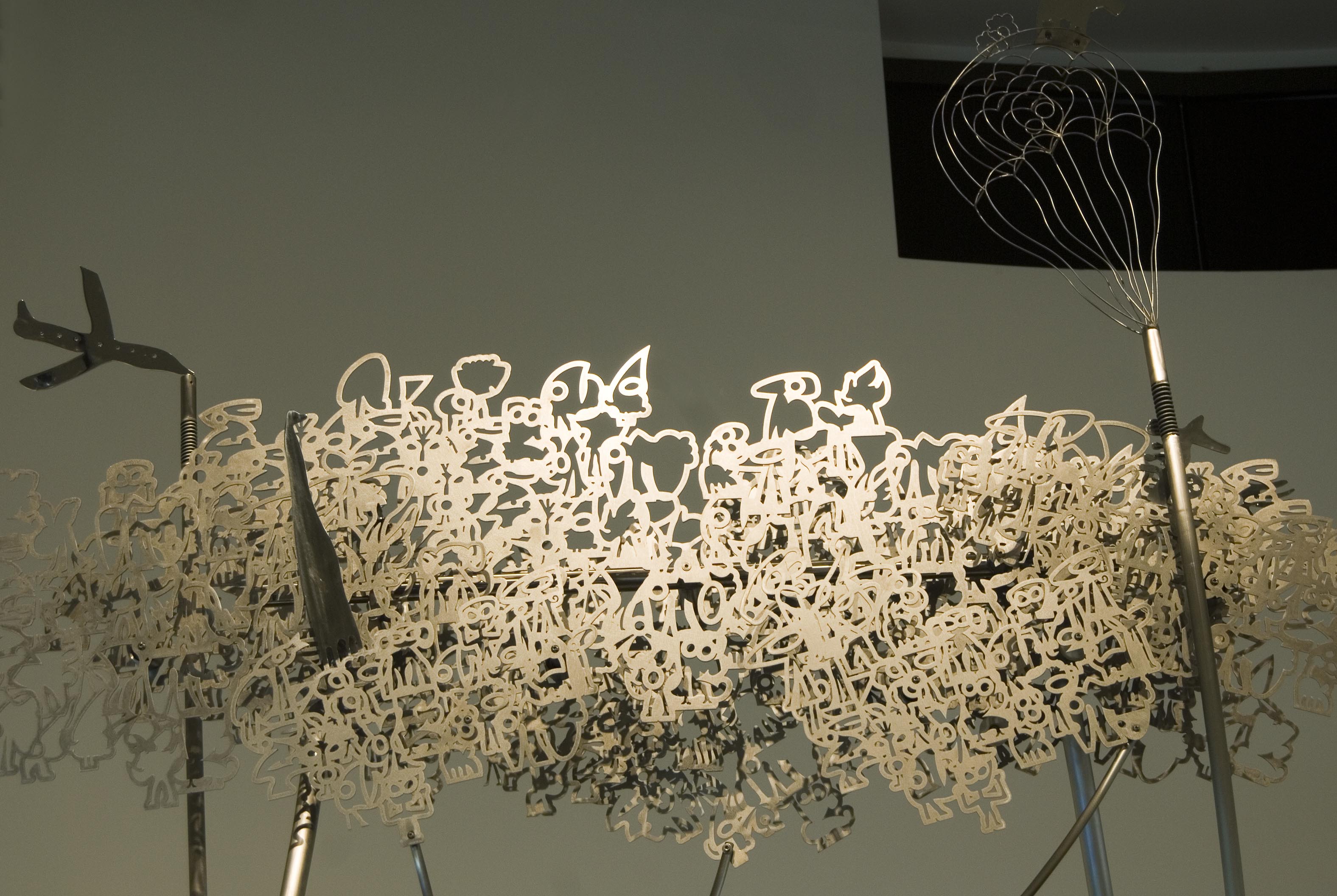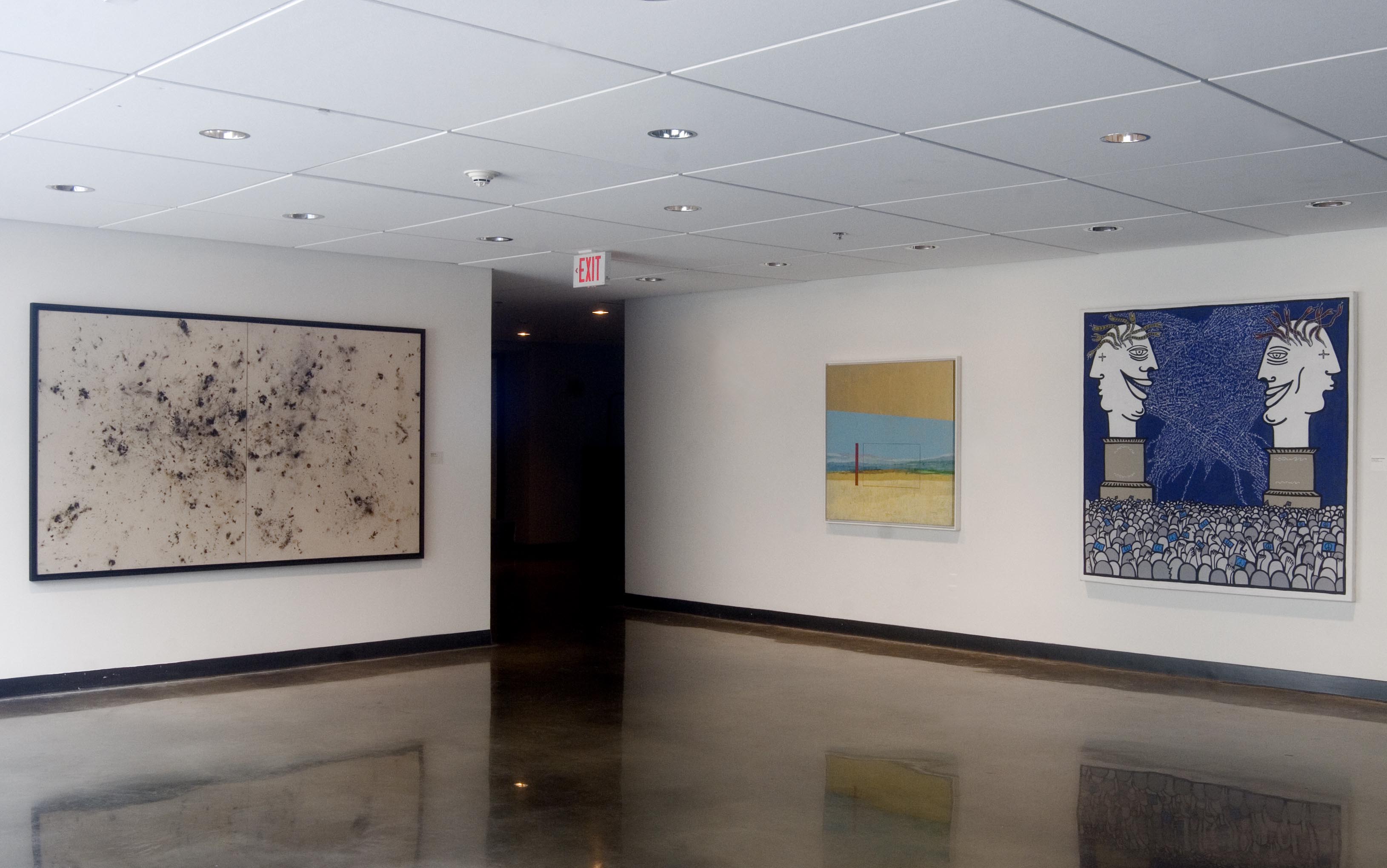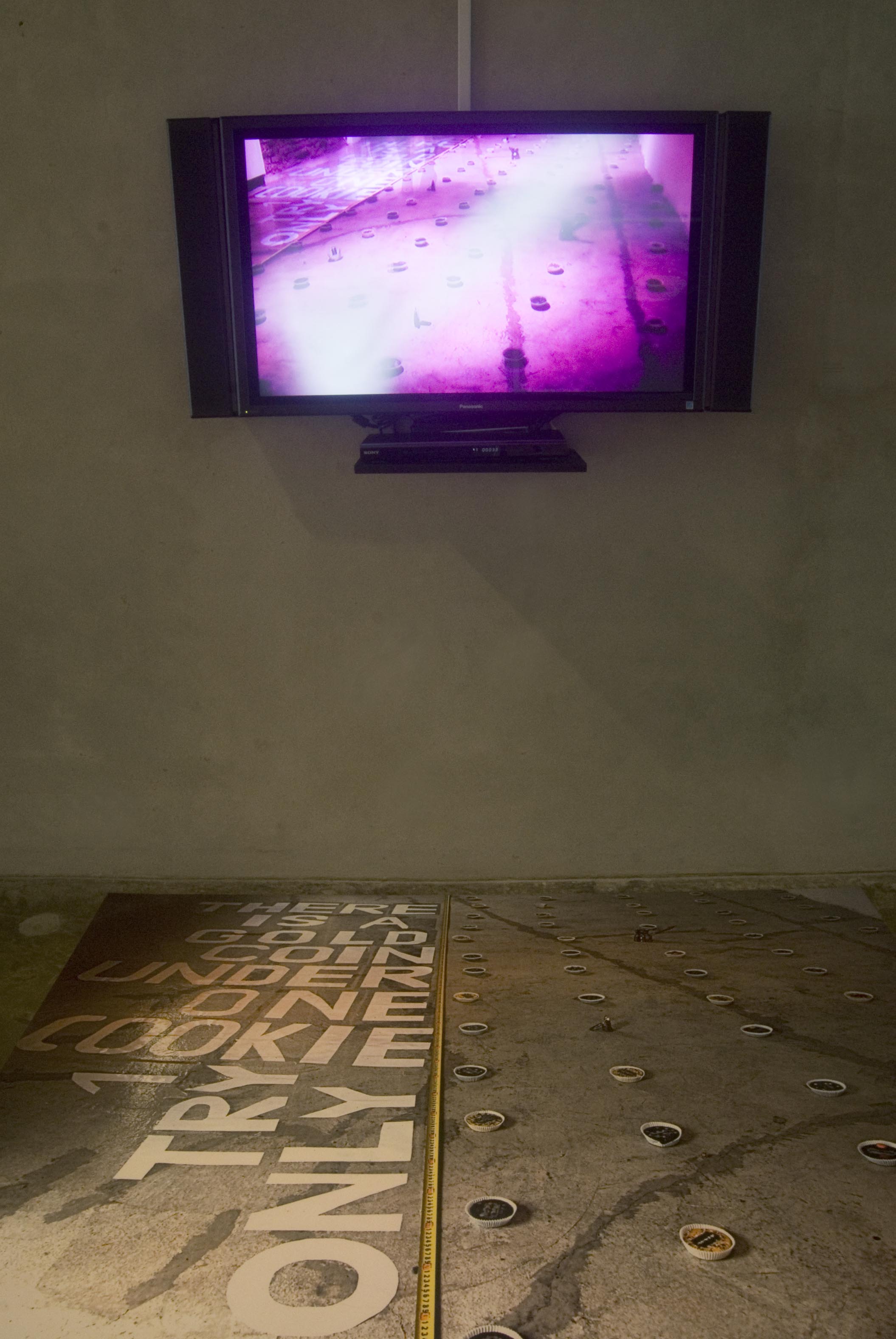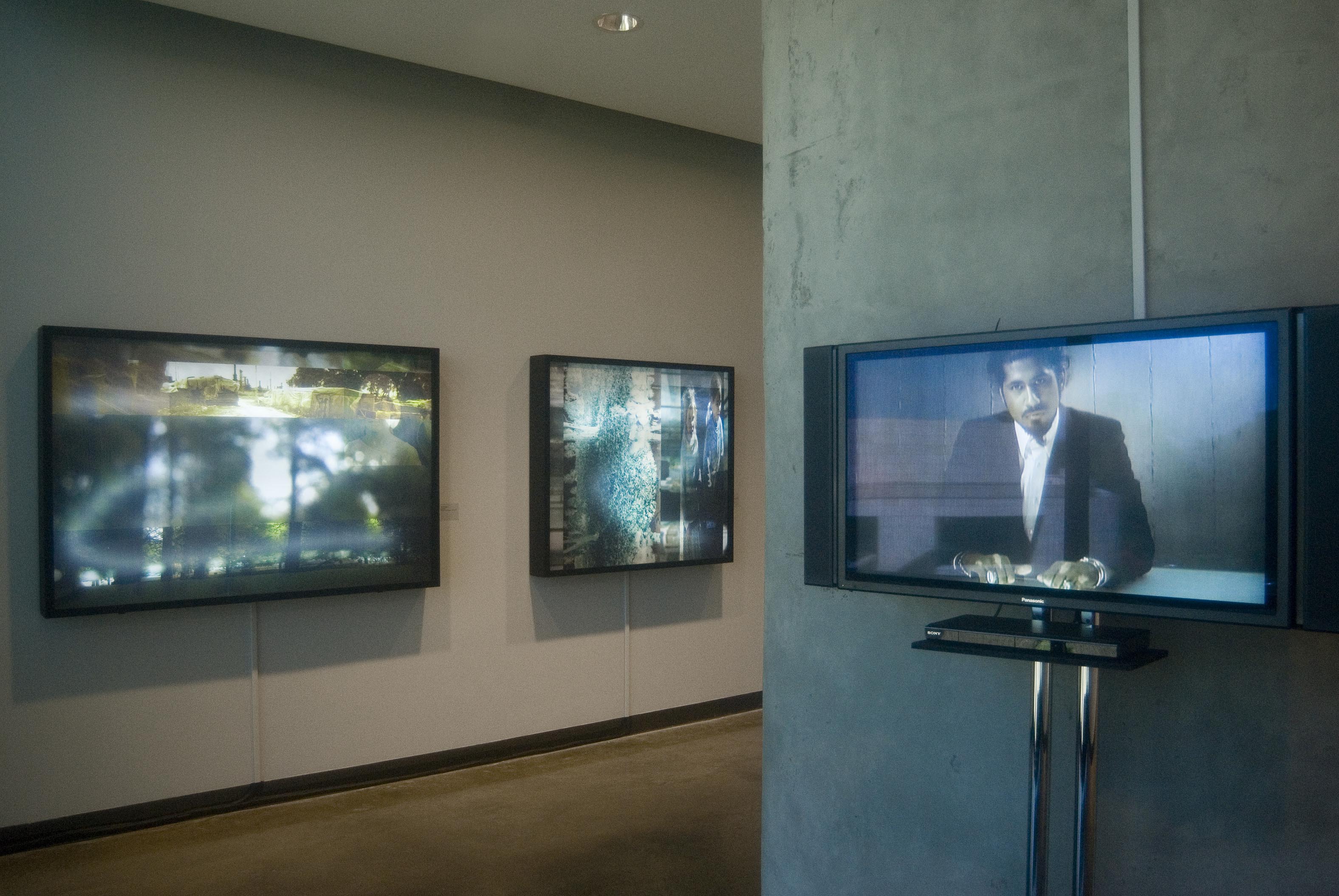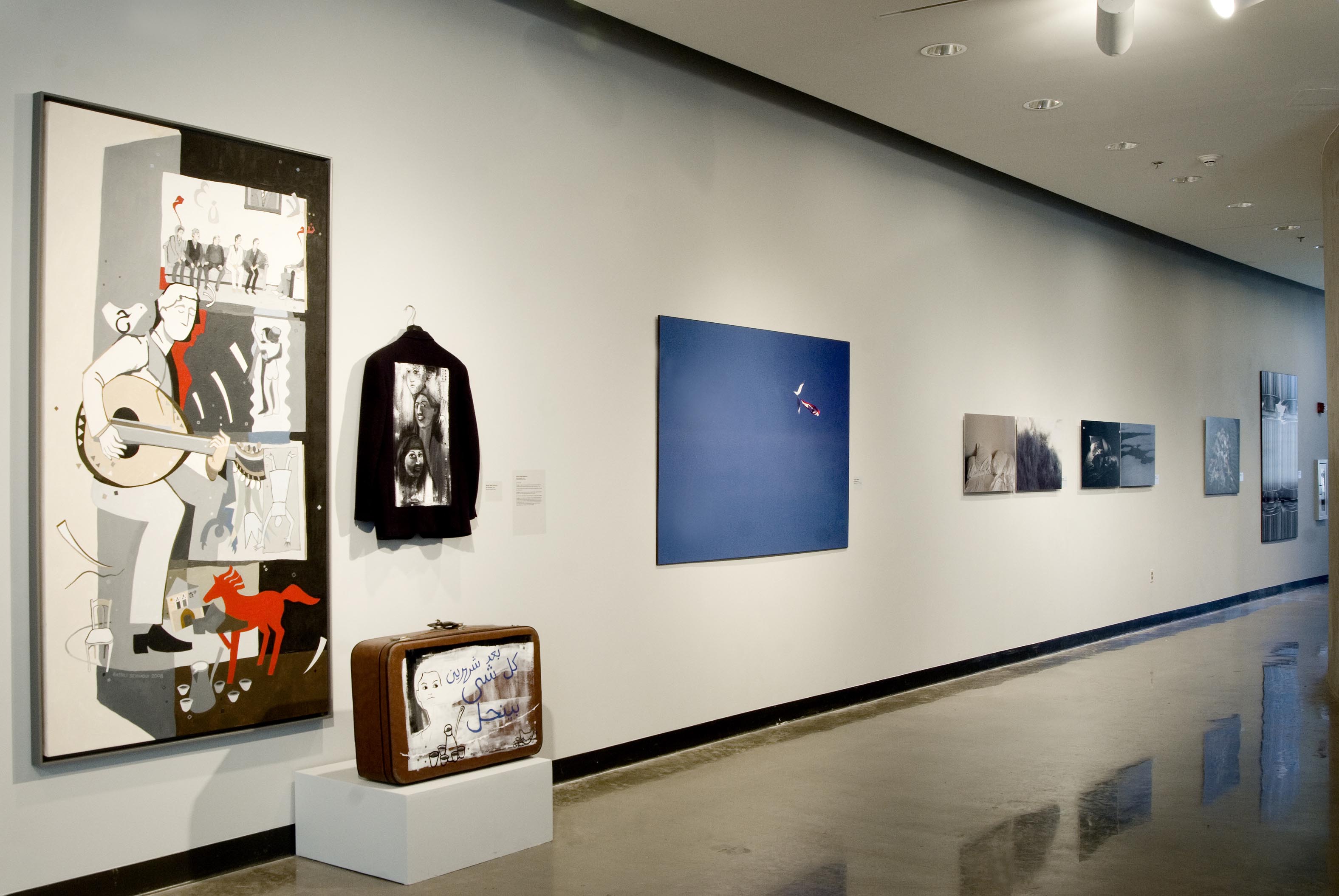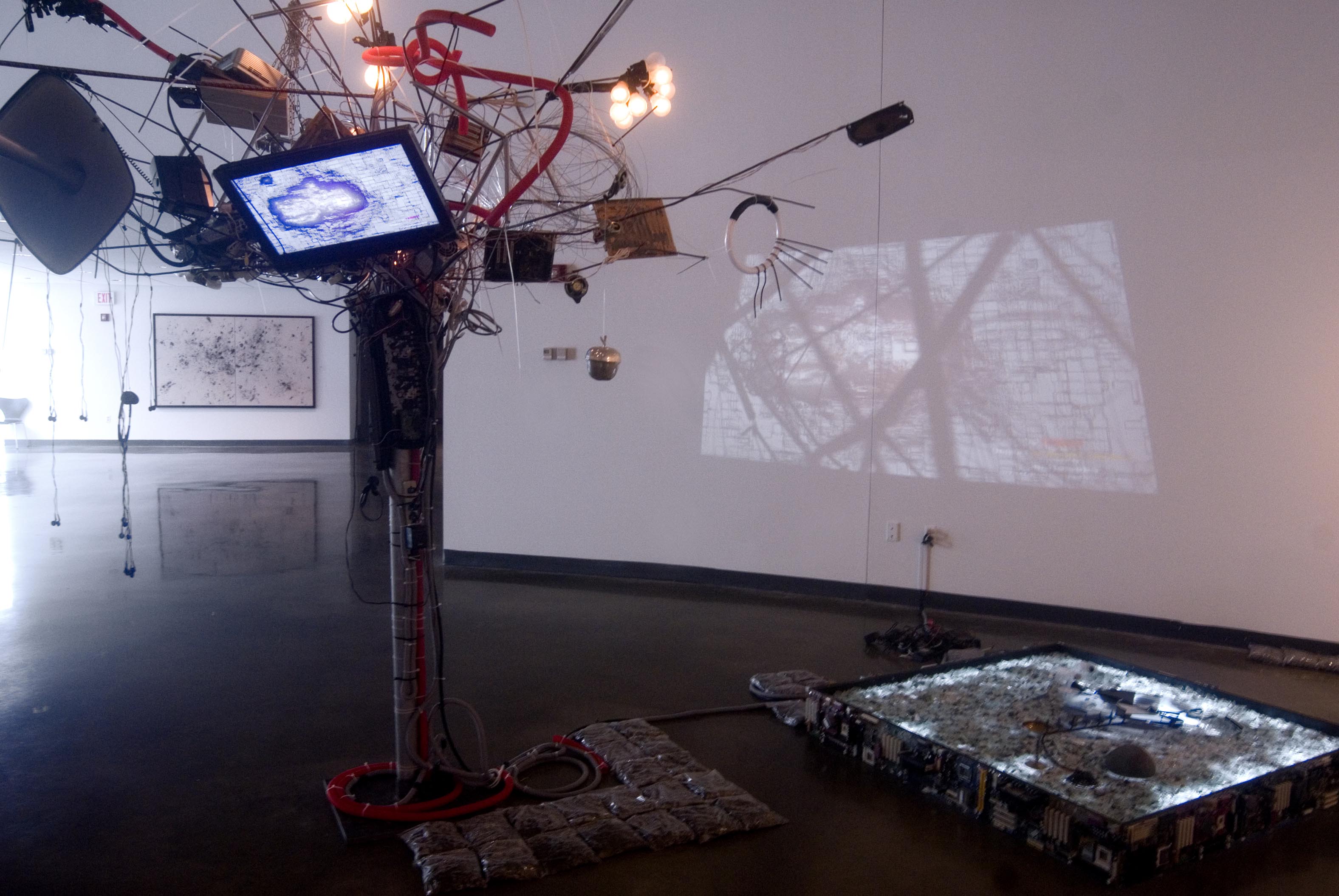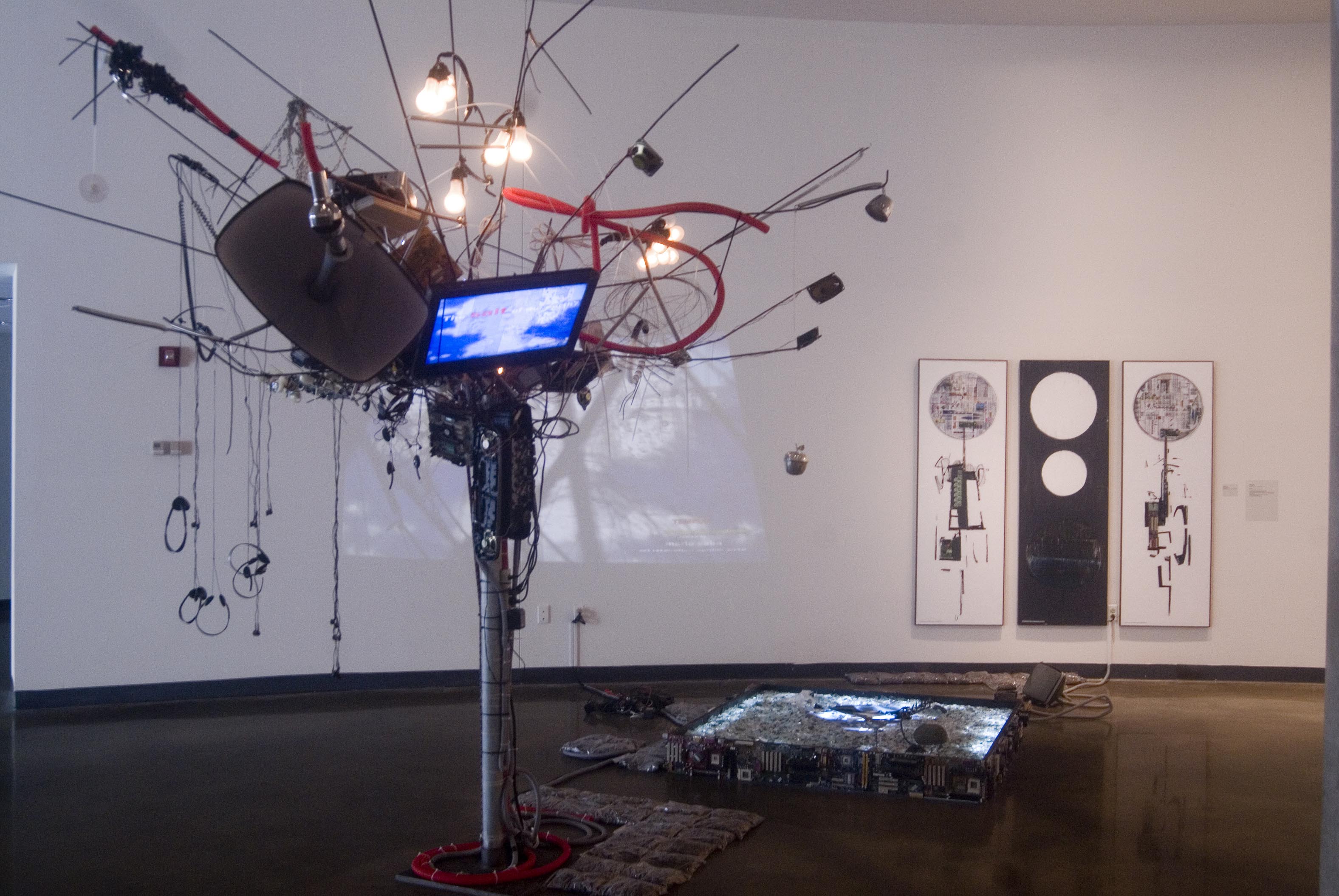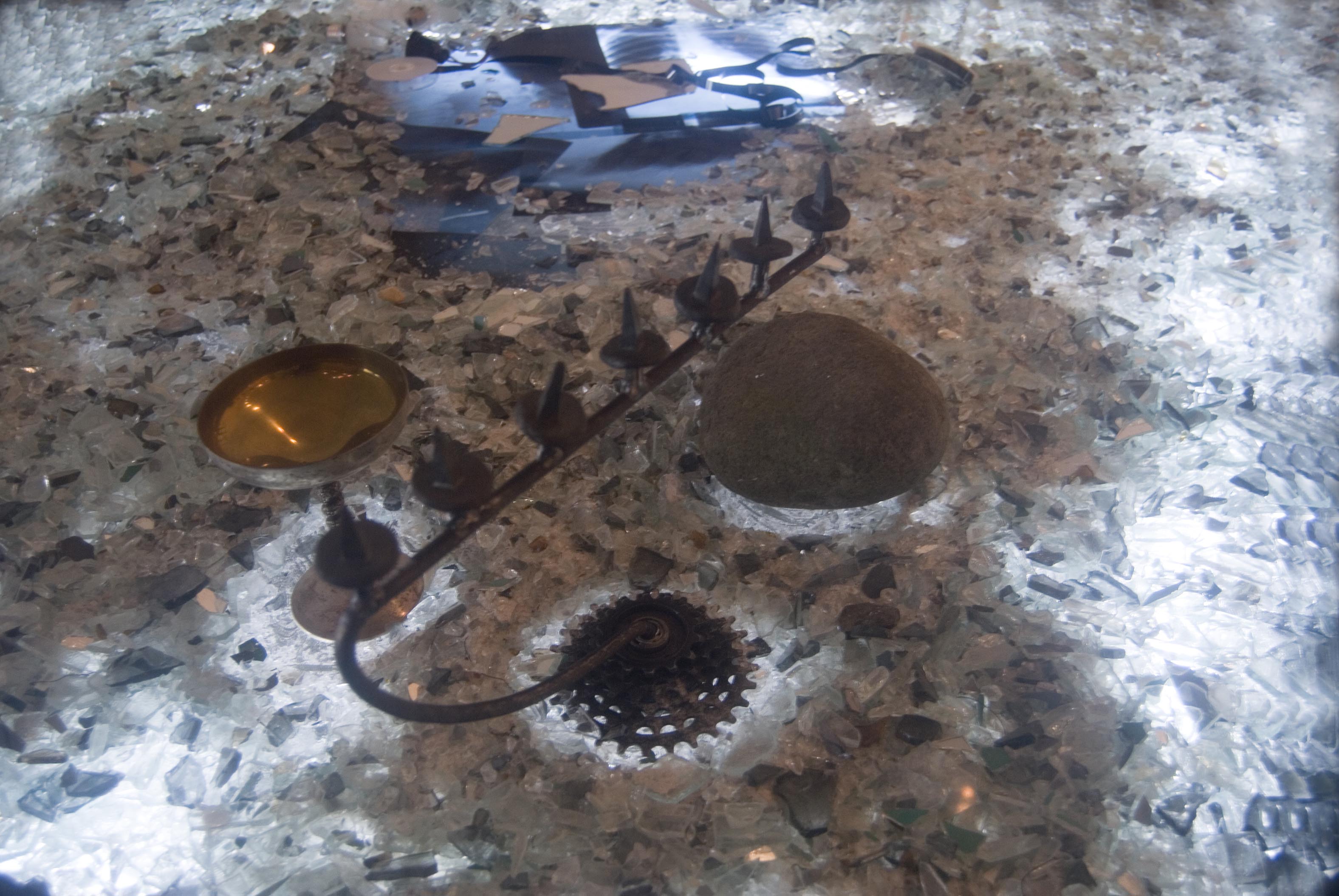CONVERGENCE New Art From Lebanon - 2010

Convergence
Contemporary art is a journey without a map. As viewers, we can research traditions and use culture as our mirror, but these techniques only help us look at where we’ve been, not tell us where we are or where we are going. Artists, in contrast, are moving forward, cutting a trail. We can look over their shoulders to catch a glimpse of what is to come.
Contemporary art in a country as diverse and multi-layered as Lebanon offers challenges to the most gifted tracker. Civilizations and their armies have continually converged there over the past two millennia and created a rich and beautiful tapestry that violence periodically threatens to unravel. The twists and turns of Lebanon’s past are complex and confusing. If artists are able to synthesize this convergence of influences, perspectives, and conflicts in their work, then our act of interpretation, of listening to their stories, may offer a path to understanding Lebanon’s present and future.
In 2008 I was invited to visit Lebanon and select an exhibition of contemporary art to bring back to the United States. I asked for a guide and collaborator and was provided with the best. Amal Traboulsi is perhaps the most informed and engaged curator in Lebanon. I could not have done better, and the proof is in the work we have jointly selected for this exhibition. We had many discussions, and Amal was always tolerant of my ignorance and enlightening in her corrections. I brought a Pollyannaish optimism to the table, and Amal brought the pain of personal experience. We got along fine.
The exhibition features amazing artists whose depth and diversity begin to convey the richness that is Lebanon. For me, it coalesces around three artists whose work most clearly offers a way forward: Nadim Karam, Chawki Chamoun, and Ayman Baalbaki.
Nadim Karam is an artist and architect who understands both the conflict at hand and the importance of dreaming: What is the difference between destroying and creating?
A terrorist act devastates. It takes a life, makes it cease to exist, cease to create. A creative act cannot replace a life, but enriches the experience of life. An accumulation of creative acts enriches humanity. This is not good versus bad; destruction and creativity are never equal. Both work from the void; one using nihilism to eradicate freedom of thought, the other using absurdity as the starting place of story-telling. (Karam 2006)
Karam’s "study" for his Cloud proposal to be built in Dubai is at once completely and absurdly outlandish and immanently practical, a floating metaphor, a nomadic dream rooted in the desert sands by steel and structural engineers and oil profits. As we imagine the future, we should construct our dreams.
In the urban landscape paintings of Chawki Chamoun, the geometry of contemporary cities merges with the ancestral desert. Here, there is a perfect synthesis between his graphic vocabulary, shifting transparencies and golden opacities. Chamoun creates Arabic dreams of transcendent beauty, where human action is represented by timeless friezes and traditions co-exist in timeless perfection.
While Karam and Chamoun dream of a future clad in post-modern aspirations, Ayman Baalbaki takes a very hard look at the present. He uses the kaffiyeh to conjure up a vision of the Arab male as the resistance to a modernity that would crush aspirations. Yet, his powerful, threatening (to my Americanized eyes) images of wrapped heads are presented in the form of beautifully painted religious icons or altarpieces. References to the language of Christian martyrdom are hard to miss. If we can allow ourselves to feel that most necessary emotion, empathy, it is a not inconceivable journey to a place where Muslims, Christians, Jews, and all the incredible variety of sects and factions that live in and around Lebanon, can find a way to live together. Not to try would be heartbreaking.
I want to thank the Committee for the Promotion of the Arts in Lebanon for their support of this project, and I am most grateful for the leadership and friendship of Nicole Chedid and Rita Nammour. They gave me the opportunity to make a life-changing trip to Lebanon and witness firsthand the creativity and resilience of the Lebanese people.
Jack Rasmussen Director and Curator American University Museum
For the catalogue click here
Gallery
